What is the Goldilocks Zone?
Lucky for us, Earth is in the Goldilocks zone. The range where liquid water persists is 0.99 to 1.7 AU. But it doesn’t necessarily mean life or water exists.

Lucky for us, Earth is in the Goldilocks zone. The range where liquid water persists is 0.99 to 1.7 AU. But it doesn’t necessarily mean life or water exists.
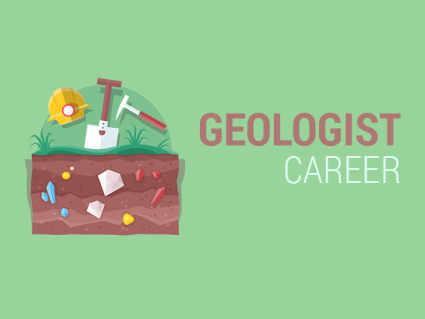
Geologists study bedrock and surface rocks. They best understand how Earth’s land forms and rock change over time (physical and chemical structure).

Earth has experienced 5 large ice ages. During these frigid times, hefty layers of ice smothered the planet with temperatures 10°C lower than it is today.
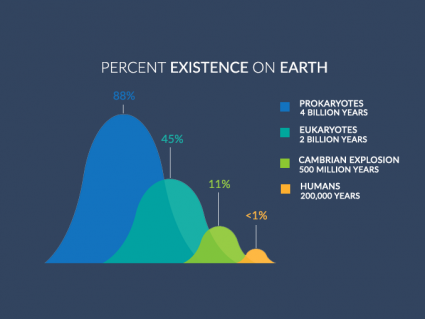
The earliest anatomically modern human fossil found was dated at about 200-300,000 years old in Morocco, Africa. They had modern faces and used stone tools.
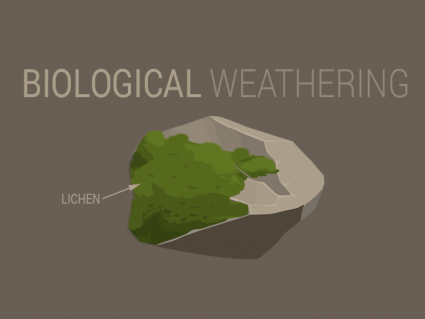
Biological weathering can occur from mechanical force and chemical reactions such as through plants, bacteria, fungi, burrowing animals and living organisms
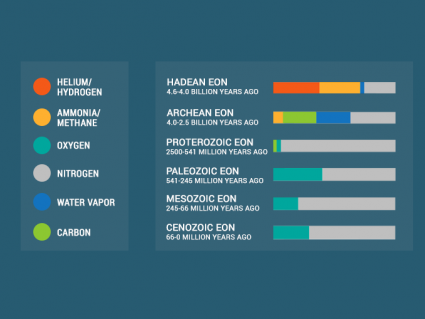
In Earth’s atmosphere history, oxygen levels have changed significantly. This includes hydrogen, helium, carbon dioxide and nitrogen composition in the air.
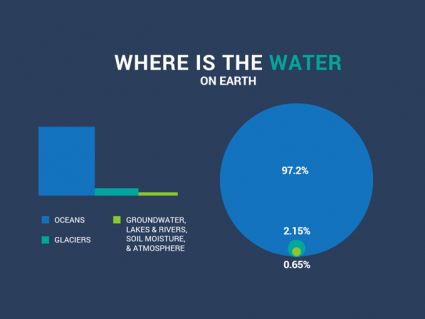
Water is in the ground, on the surface, in the air and in our bodies. But how much global water distribution is in glaciers, groundwater, rivers and lakes?
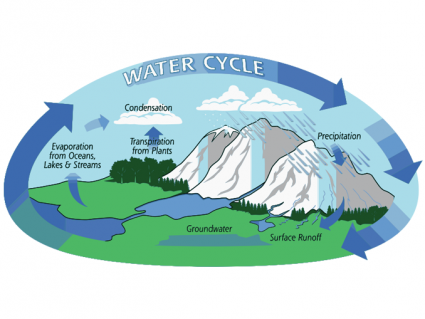
The hydrologic cycle describes how water moves continuously in nature. From evaporation, condensation and surface runoff – water is always in motion.
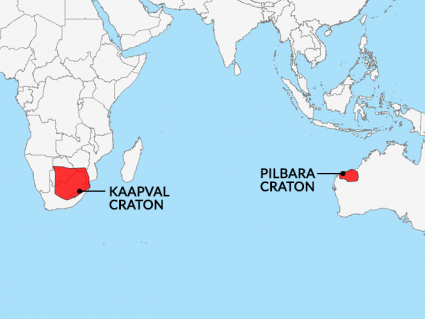
The evidence that Vaalbara (2.7-3.6 billion years ago) was the first supercontinent is mainly based on their sedimentary sequences and magnetic orientation.
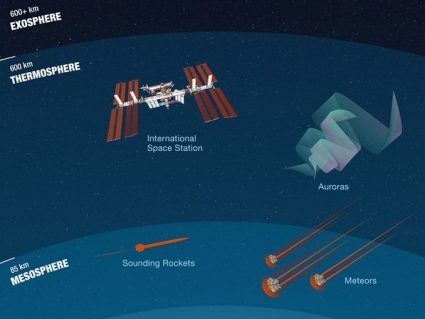
The thermosphere is the thickest atmospheric layer (80-550 km). It’s known for its aurora borealis, orbiting satellites and the Karman Line (edge of space).
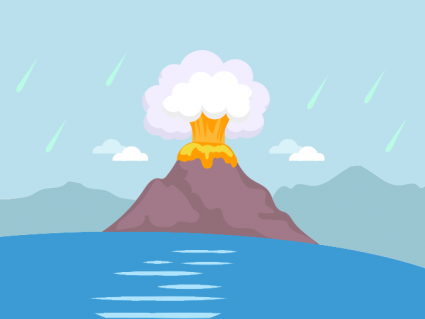
2 theories exist for the origin of water on Earth: Did comets transport water? Or was there degassing from volcanoes from rocks existing within the crust?
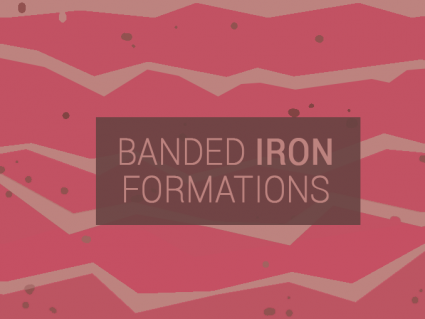
Long ago, oxygen filled the oceans. It mixed with iron which reacted by rusting. The seafloor collected rusted iron called banded iron formation (BIF).
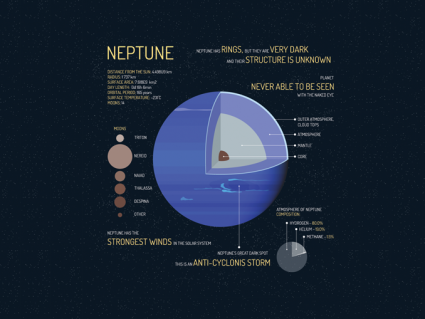
Planet Neptune is the farthest planet from the sun at 4.495 billion kilometers from the sun. Neptune has some remarkable facts like its 14 moons and tilt.
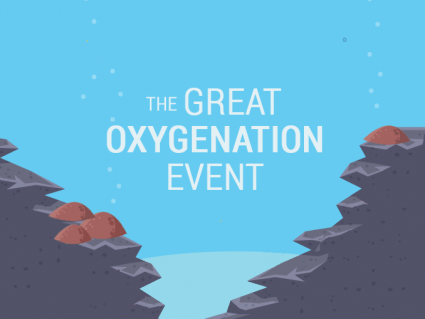
Over 4 billion years ago, Earth’s atmosphere was mostly methane & nitrogen. The Great Oxygenation Event marks a time when free oxygen filled the atmosphere.

At one point in time, all continents were merged together as one supercontinent “Pangea”. We’ve used fossil evidence to know continental drift exists.